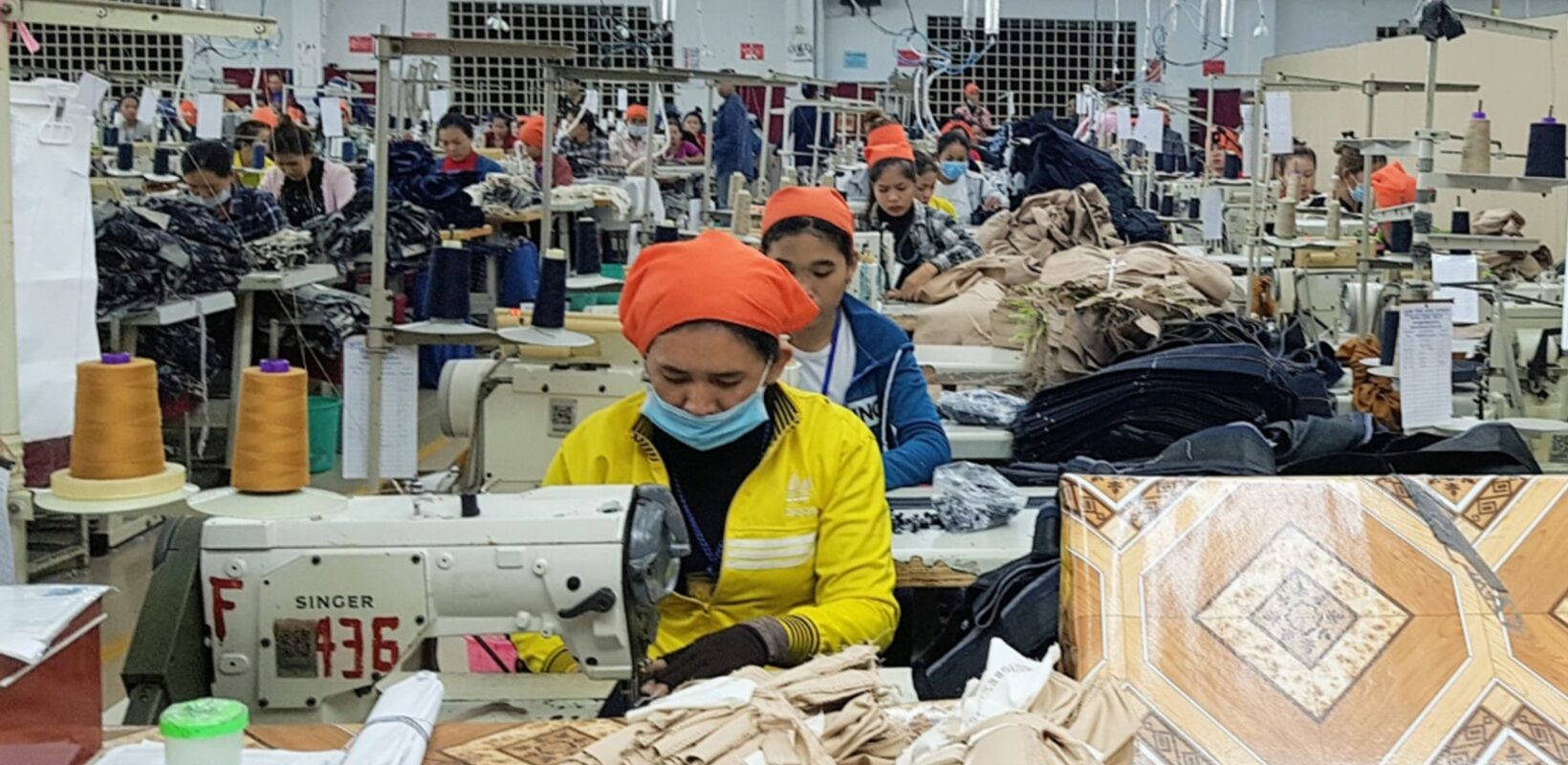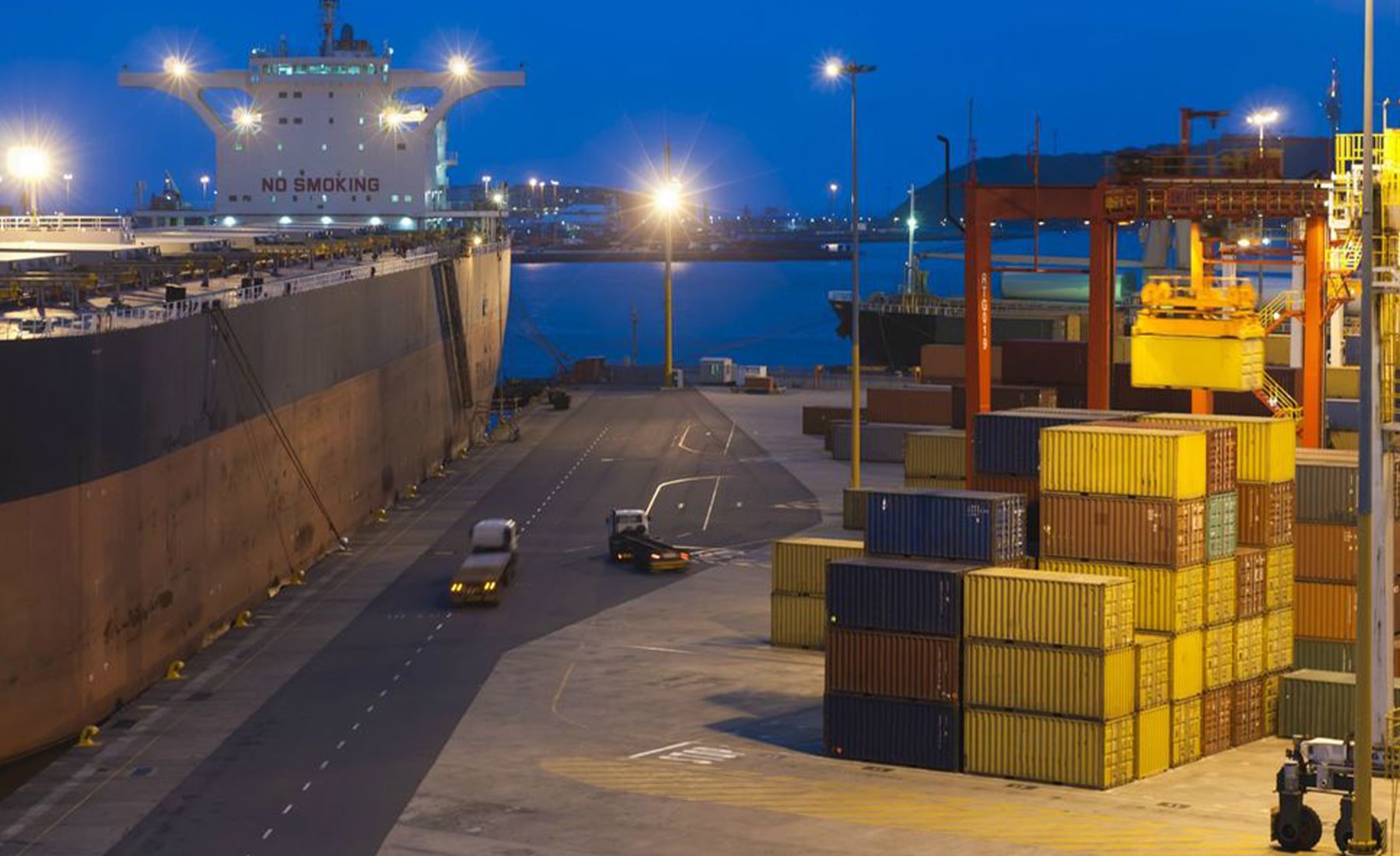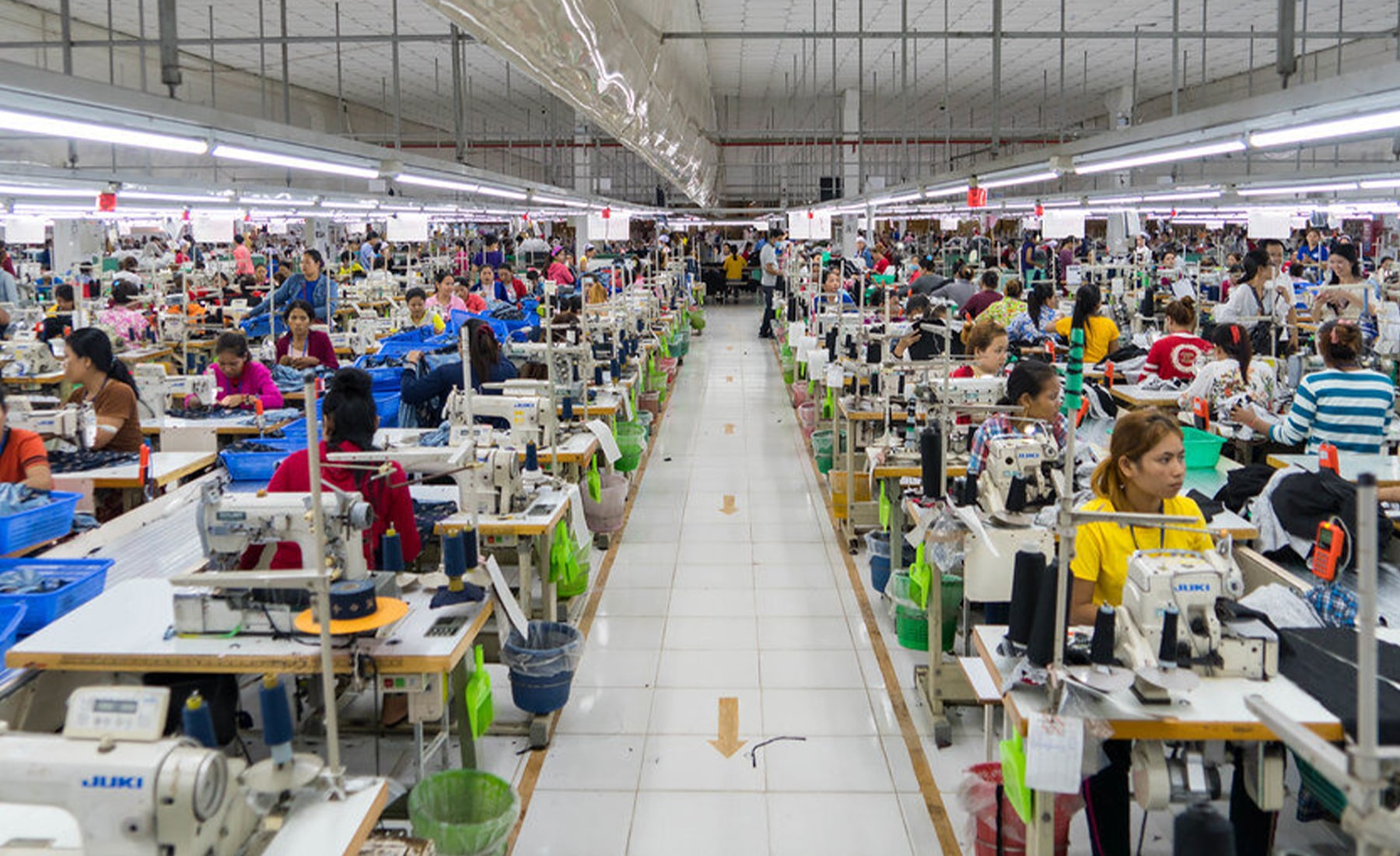
Challenges with social auditing in garment supply chains
One of the challenges at the forefront of mind for many stakeholders in the fashion and textile industry is the role of social auditors.
Concerns about weaknesses in social auditing are not new but calls for changes in how supply chain auditing is undertaken within the garment sector are growing ever louder. Nevertheless, social audits remain the most widespread tool in use across the sector to address supply chain risks, such as poor working conditions, despite limited evidence that such audits are effective in managing such risks. Why is this?
Breaking the mould requires bravery
Part of the problem is that commissioning an audit is much easier than implementing comprehensive due diligence. It can also provide a convenient mechanism for passing the buck. If something terrible happens one will often hear that “the site was recently audited by X” – with the implication being that, from the company’s perspective, the risk was unforeseeable.
Social auditing sits within a well-defined and long established ‘modus operandi’ in the garment sector which can make it more difficult to take alternative or additional due diligence measures. In the garment sector in particular – more so than in mineral or agricultural supply chains – there is a lot of ‘group think’ around audits. If all your peer companies are using a certain audit approach, it is more difficult to ‘break the mould’ and do something different – particularly if you may be using some of the same suppliers as your peers.
There are also internal dynamics within companies at play. When companies set external targets or staff performance metrics based on, for example, the percentage of suppliers audited against a certain standard, this reinforces the system. It can also tie up the company’s resources restricting budget available for other, more creative, approaches to due diligence.
Collaborative initiatives, such as audit standards, are for good reason advocated as a practical approach for trying to address sector-wide challenges in a more meaningful way than individual companies can do. However, the challenge with collaborative action is that the ambitious intentions of one party can be overshadowed by the recalcitrance of another. Compromises are often made in order to achieve scale and get buy-in for an initiative; this can result in limitations of assessment criteria or the scope of audits. The more established an audit standard becomes, the harder it can become to introduce change.
Weaknesses in audits are not all down to the auditors
It is equally important to recognise the constraints under which auditors work. Many audit standards are based on whether there is evidence of a management system in place, rather than whether risks are being appropriately identified and managed. Those audit standards often shoot themselves in the foot by requiring auditors to work through a fixed set of assessment criteria that allow little a flexibility to delve deeper into certain issues when required.
Some standards might protest that they have processes that allow for auditors to adapt their scope if significant risks are identified. However, such apparent flexibility can be moot when auditors must work to a fixed price contract and clients are reluctant to pay more than the pre-determined price or allow an on-site audit to go beyond the pre-determined assessment duration.
Moreover, audit contracts are usually awarded based on price competitiveness. From a company’s perspective if there are five audit firms all approved to audit against a certain standard and able to do so in the relevant geographies/timescale, the deliverable will be the same regardless of which firm is appointed. What then is the incentive for a company to choose a more expensive auditor? The result is that audits are commoditised as a service and there is constant pressure on audit firms to keep costs low. This does not create a conducive environment for investing in audit quality.
If supply chain risk management practices are not working effectively, company boards should be concerned
In January 2019 an enquiry by the UK Parliamentary Environmental Audit Committee (EAC) delivered an excoriating verdict on the practices of many fashion retailers, with the Chair of the Committee, Mary Creagh MP, stating that it was “shocking to see that a group of major retailers are failing to take action to promote environmental sustainability and protect their workers.”
Responding to the accusations, some businesses complained that the EAC hadn’t understood their business model. However, brands aren’t a victim of their business model – their business model is their choice. Whilst of course businesses need to be free to chose whatever business model they see fit, if certain business practices increase the inherent risk of harm to people or the environment, it is incumbent upon the management of that business to be open-eyed about such risks and take appropriate mitigation actions.
It is increasingly accepted amongst the investment community that failure by executive management to consider social or environmental impacts is a breach of their fiduciary duties. There are also growing calls, particularly within Europe, for regulation to address supply chain risks in the garment industry. Regardless of what business model is used, what is clear is that supply chain risks need to be central in the thinking of executive management and fully integrated into the decision-making of procurement departments.
Fashion supply chain due diligence means thinking beyond audits
Conventional approaches to supply chain risk in the garment sector are not working. Change is needed. The OECD Guidance was developed to provide a route-map to address these challenges through comprehensive due diligence steps. Companies should take a considered look at the extent to which the practices in their business are aligned with the recommendations of the OECD Guidance.
At Kumi we have unique expertise in this area as the developers (working closely with the OECD) of the OECD’s Alignment Assessment methodology for garment and footwear supply chains. Based on our experience, we have developed practical tools and methodologies to support companies to evaluate current responsible sourcing practices against the recommendations of the OECD’s guidance and address gaps identified. Moreover, the evolution of thinking and practices from a reliance on audits to more proactive due diligence and risk mitigation is something we are observing and supporting in mineral and agricultural supply chains.
Within much of the garment sector, there is a need to elevate the strategic importance of supply chain risks as a business issue. Companies’ due diligence and risk management activities should be guided first and foremost by an objective assessment of where the risks of harm to people or the environment are greatest within the supply chain. Processes for the identification and mitigation of supply chain risks need executive-level oversight. And the role of social auditors needs to be informed by a realistic view of their constraints.

